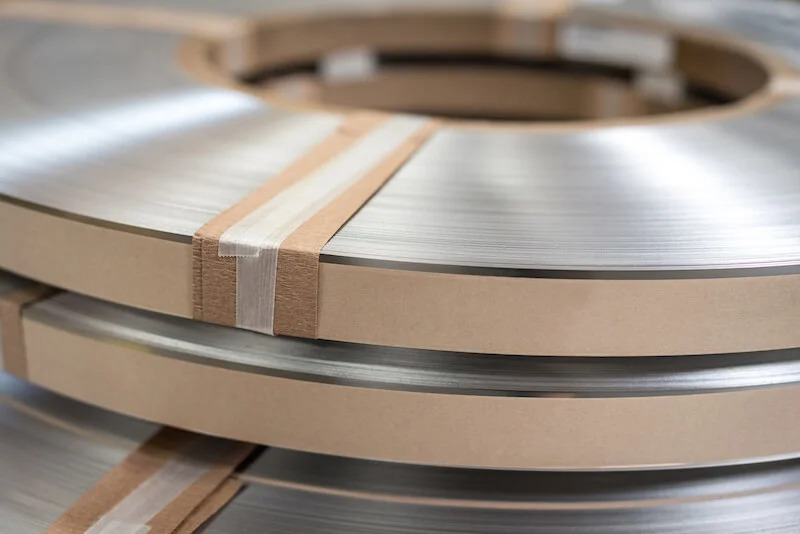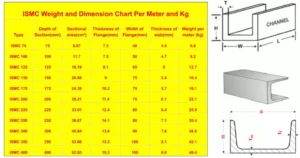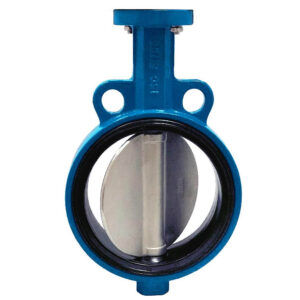Choosing the right stainless steel is crucial in ensuring performance, safety, and cost-effectiveness across industries such as construction, food processing, marine, and pharmaceuticals. In the U.S. market, ferritic and austenitic stainless steels are the most commonly used categories, each offering distinct characteristics.
This guide covers their definitions, mechanical properties, corrosion resistance, and where each type fits best in American manufacturing and industrial sectors.
What Is Ferritic Stainless Steel?
Ferritic stainless steels are iron-chromium alloys with a body-centered cubic (BCC) crystal structure. They typically contain 10.5% to 27% chromium, very low carbon content, and are magnetic in nature. These steels provide moderate corrosion resistance and excellent resistance to stress corrosion cracking.
Ferritic grades are generally more cost-effective than austenitic grades and are commonly used in automotive parts, kitchen appliances, and industrial equipment.
Properties of Selected Ferritic Stainless Steels
| Grade | Chromium (%) | Nickel (%) | Yield Strength (MPa) | Tensile Strength (MPa) | Elongation (%) | Magnetic | Applications |
|---|---|---|---|---|---|---|---|
| 409 | 10.5–11.75 | <0.5 | 170–310 | 380–450 | 20 | Yes | Automotive exhaust, heat exchangers |
| 430 | 16–18 | <0.5 | 275 | 450–600 | 22–30 | Yes | Kitchen equipment, interior panels |
| 439 | 17–19 | <0.5 | 300 | 450–600 | 25 | Yes | Water heaters, HVAC |
| 446 | 23–27 | — | 275 | 450 | 20 | Yes | High-temperature furnaces |
What Is Austenitic Stainless Steel?
Austenitic stainless steels have a face-centered cubic (FCC) crystal structure. They typically contain higher chromium (16–26%) and significant nickel (6–22%) content, which enhances corrosion resistance, ductility, and toughness. These steels are non-magnetic in the annealed condition and have excellent weldability.
Austenitic grades dominate industries like food processing, pharmaceuticals, and marine manufacturing in the U.S. due to their superior hygienic and corrosion-resistant qualities.
Properties of Selected Austenitic Stainless Steels
| Grade | Chromium (%) | Nickel (%) | Molybdenum (%) | Yield Strength (MPa) | Tensile Strength (MPa) | Elongation (%) | Magnetic | Applications |
|---|---|---|---|---|---|---|---|---|
| 304 | 18–20 | 8–10.5 | — | 205 | 515–750 | 40 | No | Food processing, sinks, kitchenware |
| 316 | 16–18 | 10–14 | 2–3 | 205 | 515–760 | 40 | No | Marine parts, pharma, chemical tanks |
| 321 | 17–19 | 9–12 | — | 205 | 515–750 | 40 | No | Aerospace, high-temp use |
| 310 | 24–26 | 19–22 | — | 205 | 520–750 | 40 | No | Industrial furnaces, heat shields |
Comparison: Ferritic vs. Austenitic Stainless Steel
| Property | Ferritic Stainless Steel | Austenitic Stainless Steel |
|---|---|---|
| Crystal Structure | Body-Centered Cubic (BCC) | Face-Centered Cubic (FCC) |
| Magnetic | Yes | No (in most cases) |
| Corrosion Resistance | Moderate | Excellent |
| Weldability | Limited | Very good |
| Ductility and Toughness | Moderate | High |
| Heat Resistance | Good (in high-Cr grades) | Excellent (in 316, 310) |
| Cost | Lower | Higher |
| Common U.S. Applications | Appliances, auto trim, ducting | Marine, medical, chemical plants |
When to Choose Ferritic vs. Austenitic Steel
Choose Ferritic Stainless Steel If:
Cost is a major factor
Magnetic properties are desired
Moderate corrosion resistance is sufficient
Application does not require heavy welding
Choose Austenitic Stainless Steel If:
High corrosion resistance is critical
Weldability and toughness are required
Non-magnetic material is preferred
You’re working in marine, chemical, or hygienic environments
Applications in U.S. Industries
Food & Beverage: 304 and 316 austenitic grades for hygiene and corrosion protection
Pharmaceutical & Medical: Austenitic steel for purity, weldability, and sterilization
Automotive: Ferritic 409/430 for exhaust and interior trim
Construction & Architecture: Both types depending on exposure and aesthetics
Marine: 316 and 310 austenitic grades for saltwater resistance
HVAC & Heating: Ferritic grades like 439 and 446 for heat tolerance
Standards for Stainless Steel
ASTM A240 / A480 – Stainless steel sheet and plate
ASTM A312 – Austenitic stainless steel pipe
ASTM A268 – Ferritic stainless steel tubing
ASME SA-240 / SA-312 – Pressure vessel requirements
Environmental and Cost Considerations
Ferritic steels are generally less expensive and have a lower environmental impact due to the absence or minimal use of nickel.
Austenitic steels offer longer service life in aggressive environments, reducing maintenance costs and increasing lifecycle performance.
Conclusion
Both ferritic and austenitic stainless steels serve critical roles in U.S. industries. The right choice depends on performance needs, environmental exposure, and cost constraints. Ferritic steels are ideal for basic corrosion resistance and magnetic properties, while austenitic grades lead in performance where strength, weldability, and corrosion resistance are priorities.
For long-term value, especially in demanding environments, austenitic steels like 304 and 316 remain unmatched.
Ferritic stainless steel is magnetic and contains little or no nickel, while austenitic stainless steel is non-magnetic and has higher corrosion resistance due to its higher nickel and chromium content.
Yes, austenitic grades like 304 and 316 offer superior corrosion resistance, especially in harsh environments like marine, chemical, and food processing industries.
Ferritic stainless steel has limited weldability compared to austenitic steel. For critical welds or high-stress applications, austenitic stainless steel is preferred.
304 is an austenitic stainless steel. It is non-magnetic and widely used in food-grade and industrial applications due to its excellent corrosion resistance.
Ferritic stainless steels like 430 are generally more affordable than austenitic grades, making them ideal for applications where extreme corrosion resistance is not required.



